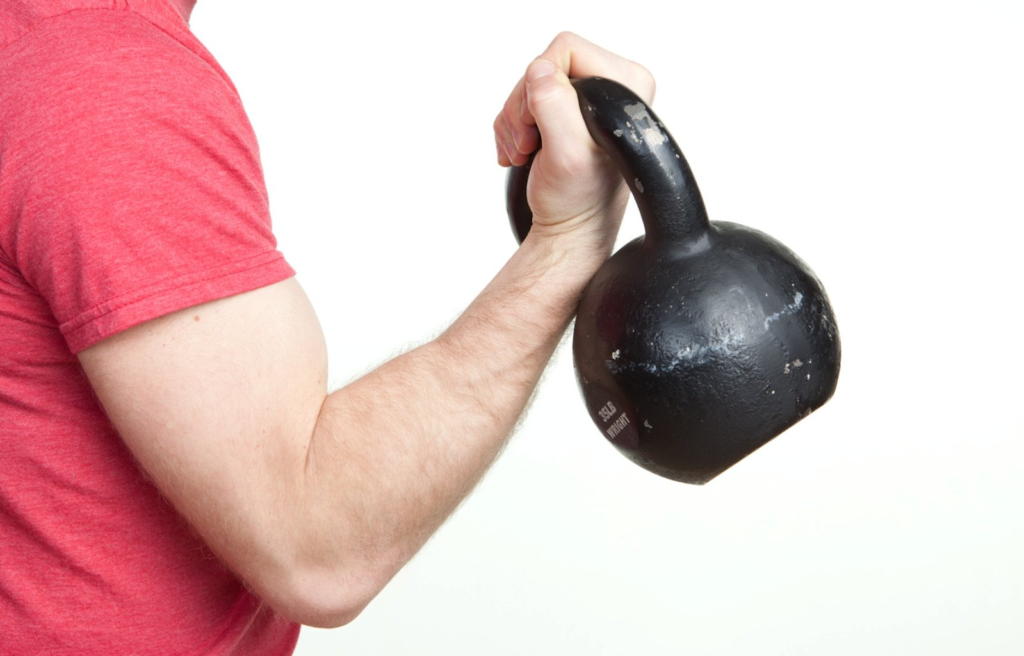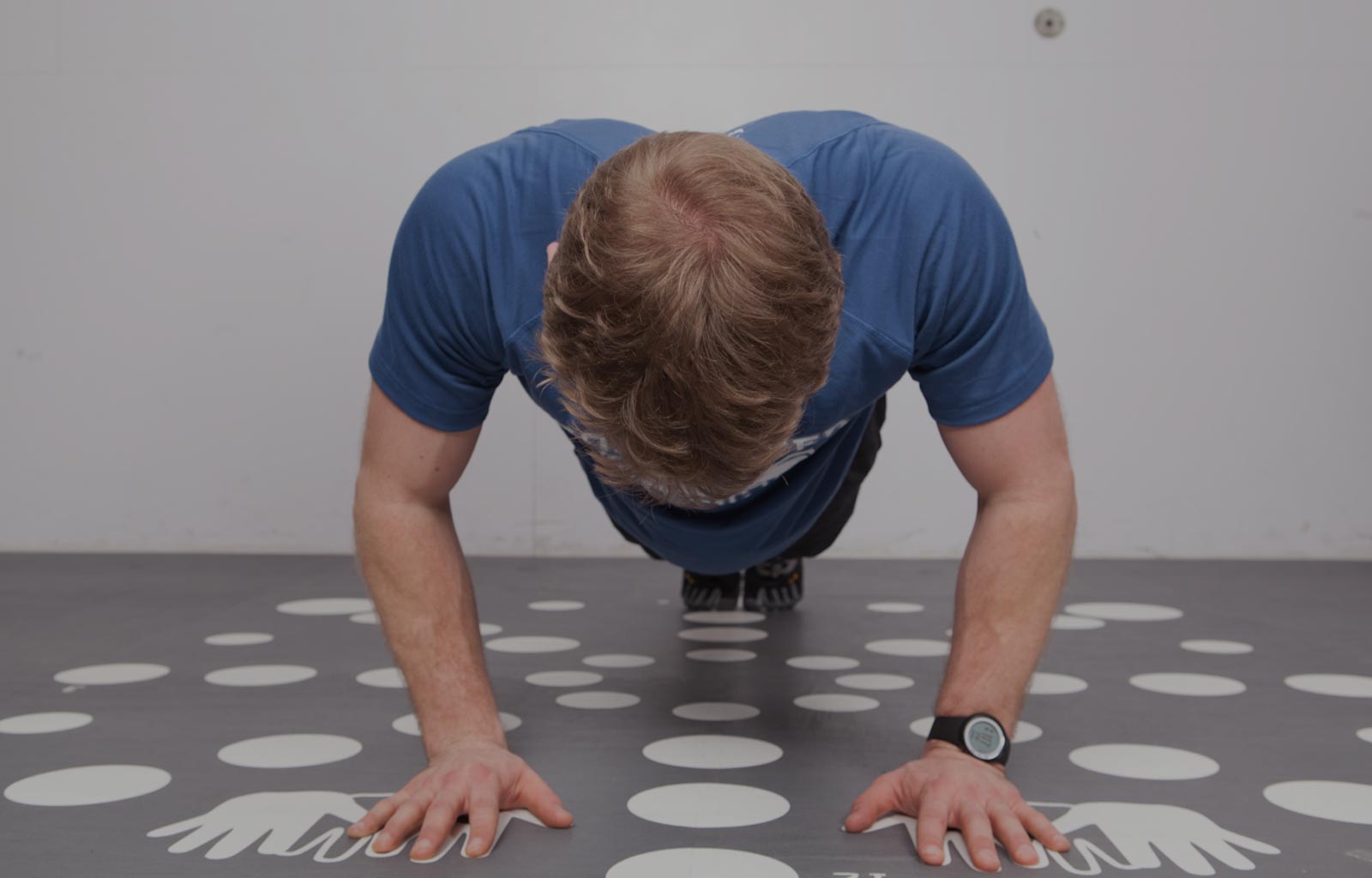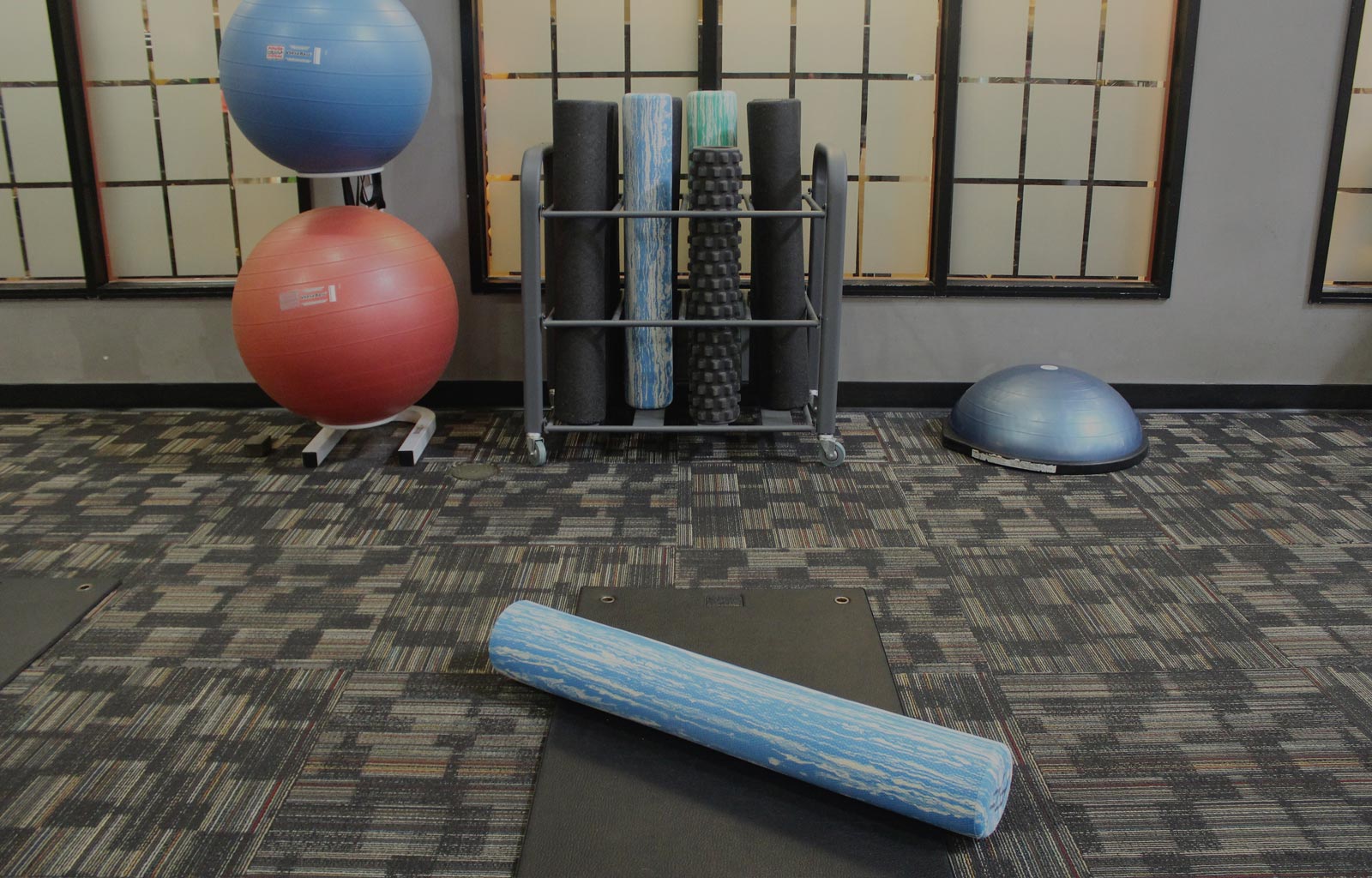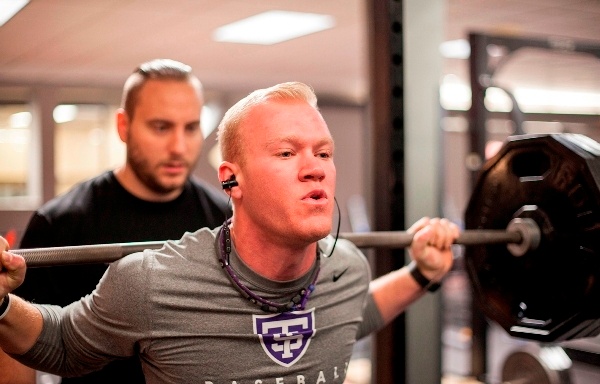What is eccentric training?
Eccentric training, also known as the performance of negative reps, is a term used to describe the period of a muscle contraction when the muscle is transitioning from a shortened to a lengthened position. In this type of contraction, the external force of the weight is greater than the internally generated force of the muscle, resulting in energy absorption or “negative work.” Eccentric contractions result in greater force outputs and require less oxygen and energy consumption.
Individuals looking for greater strength gains with less fatigue in a resistance training program may view eccentric training as an attractive option.
For example, the eccentric phase of a bicep curl is the period when the elbow is going from a bent to a straightened position. Eccentric training is achieved when the weight is moving down. Too often, more emphasis is given to the shortening or concentric phase of a muscle contraction, and the lengthening is neglected. A bicep curl with an eccentric focus would be performing a quick curl to the top and then slowly lowering the weight back down to the starting position near the thighs.
What are the benefits of eccentric training?
There are many benefits to eccentric training including:
- Greater strength gains, muscle mass increases, improved neural conduction, improvements in athletic performance, quicker reaction time, and improved body composition.1
- A study published in the Journal of Strength and Conditioning Research has demonstrated that longer eccentric contractions (6 seconds) in weighted squats resulted in improved maximal strength and power compared to shorter eccentric contractions (2 seconds) in college age men.2
- Additionally, eccentrics have shown to be effective in the rehabilitation of tendinopathies because of their ability to stimulate blood flow and soft tissue healing.1
All of these benefits highlight why you need to add eccentric training to your workout routine!
Are there any drawbacks to eccentric training?
Eccentric training has been linked to delayed-onset muscle soreness (DOMS).1 DOMS refers to unpleasant, dull, aching pain in a muscle following resistance training. This soreness typically sets in 12 to 24 hours after a workout containing eccentric contractions and disappears within 5 to 7 days. While uncomfortable, this soreness indicates structural changes that the muscles are experiencing.
When muscles are overloaded with resistance training it causes micro-damage in the muscle-tendon complex. The muscles must then adapt and repair in order to produce greater force outputs. The soreness that is felt following a workout indicates that the muscle is in a period of repair and adaption. In other words, the muscle is getting stronger.
It is important to provide adequate rest time between periods of eccentric training so that the muscle can fully recover. 48 to 72 hours of rest is recommended before performing resistance exercises on the same muscle group again. In short, be prepared to feel pretty sore following a workout with an eccentric focus!
Is this something I should be incorporating into my strength routine?
Yes! Eccentric movements are part of the human experience. For example, you perform eccentrics when walking down stairs, squatting to pick up the groceries, walking down a hill, catching a ball, landing from a jump, setting a box down, … the list goes on! Eccentric training is very functional and will help you become more efficient with movements that you perform in your everyday life.
Eccentric training is also very important for athletes. Athletes may be required to quickly decelerate, land from a jump in a controlled manner, or perform sport specific movements like winding up for a pitch, or catching a ball. Using eccentrics can help reduce risk of muscle-strain related injuries.
How can I incorporate eccentrics into my strength training?
Focus on the negative rep! Perform the lowering phase of a muscle contraction for 3-5 seconds and then quickly execute the concentric phase. Here are some examples using common exercises:
- With the biceps curl example, pull the weight to the top quickly (1 second) and then lower the weight down slowly (3-5 seconds).
- When performing a squat, slowly squat to the bottom (3-5 seconds) and then quickly push to the top (1 second).
- Another common example would be during a pull-up; quickly pull yourself up and then slowly lower yourself back down.
- You may also consider using a spotter to assist you during the concentric phase of the motion (i.e. assisting the push to the top in a bench press) and then slowly lowering the weight by yourself during the eccentric phase.
References
- Suchomel, T. J., Wagle, J. P., Douglas, J., Taber, C. B., Harden, M., Haff, G. G., & Stone, M. H. (2019). Implementing Eccentric Resistance Training-Part 1: A Brief Review of Existing Methods. Journal of Functional Morphology and Kinesiology, 4(2), 38. https://doi.org/10.3390/jfmk4020038
- Mike, J. N., Cole, N., Herrera, C., VanDusseldorp, T., Kravitz, L., & Kerksick, C. M. (2017). The Effects of Eccentric Contraction Duration on Muscle Strength, Power Production, Vertical Jump, and Soreness. Journal of Strength and Conditioning Research, 31(3), 773–786. https://doi.org/10.1519/JSC.0000000000001675




